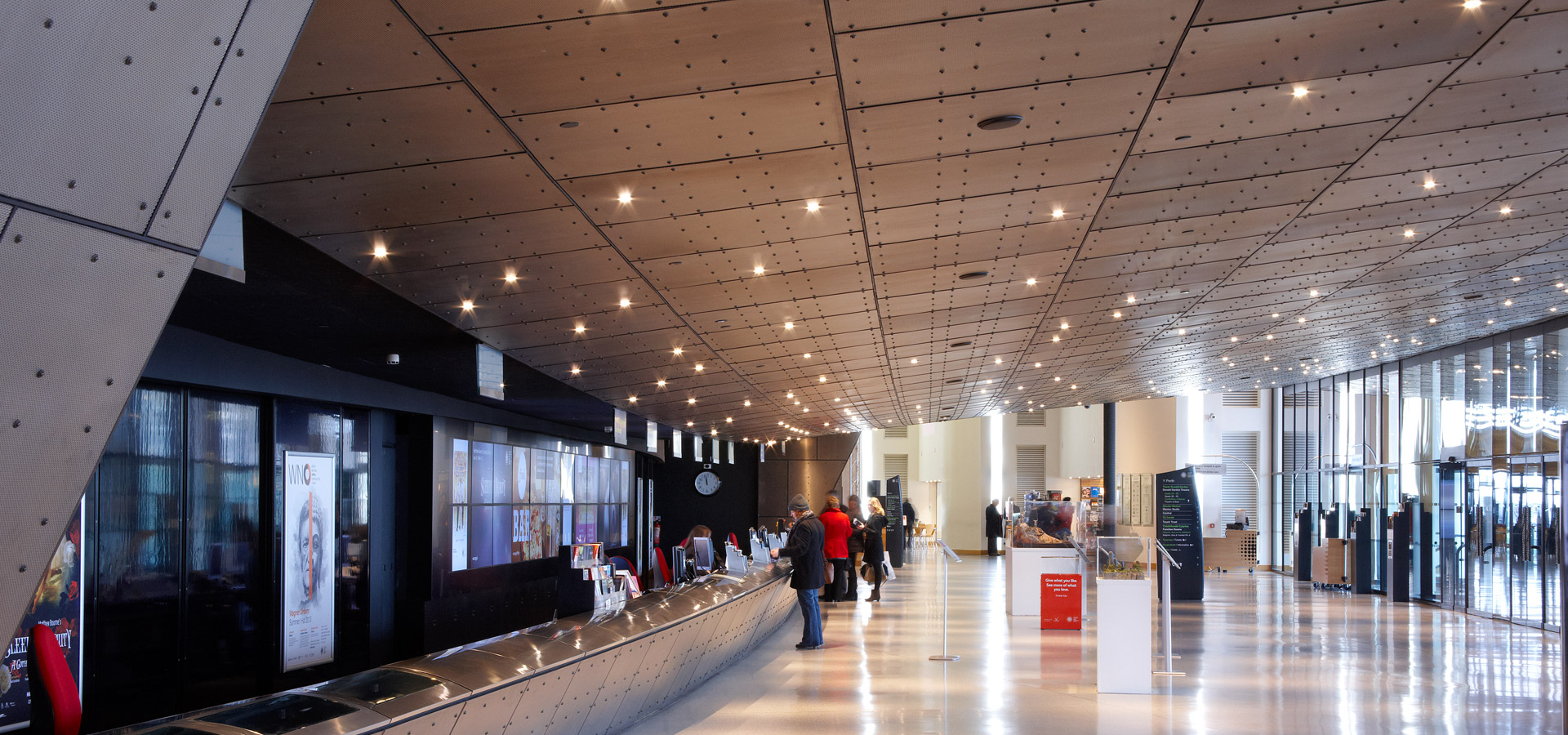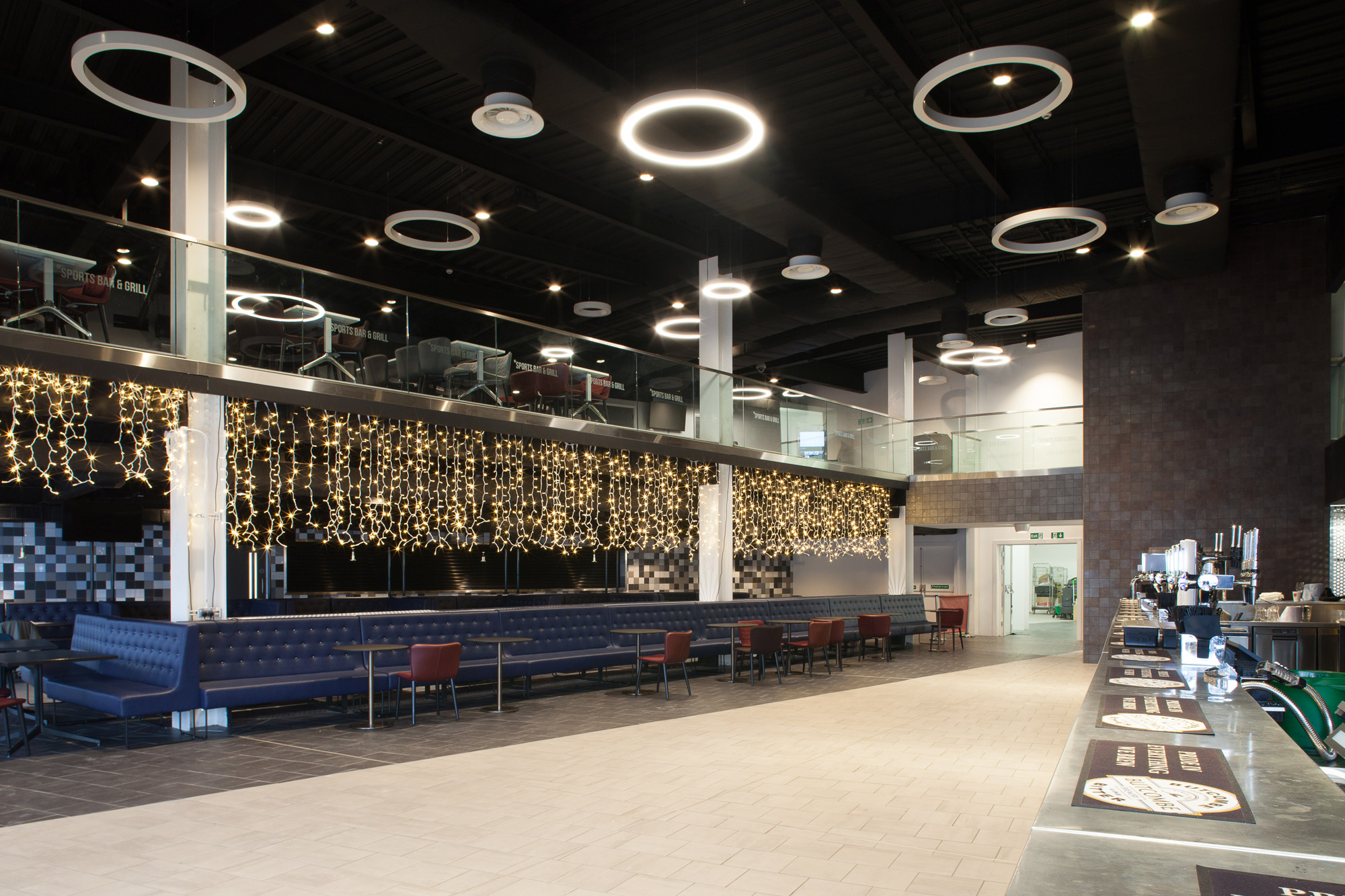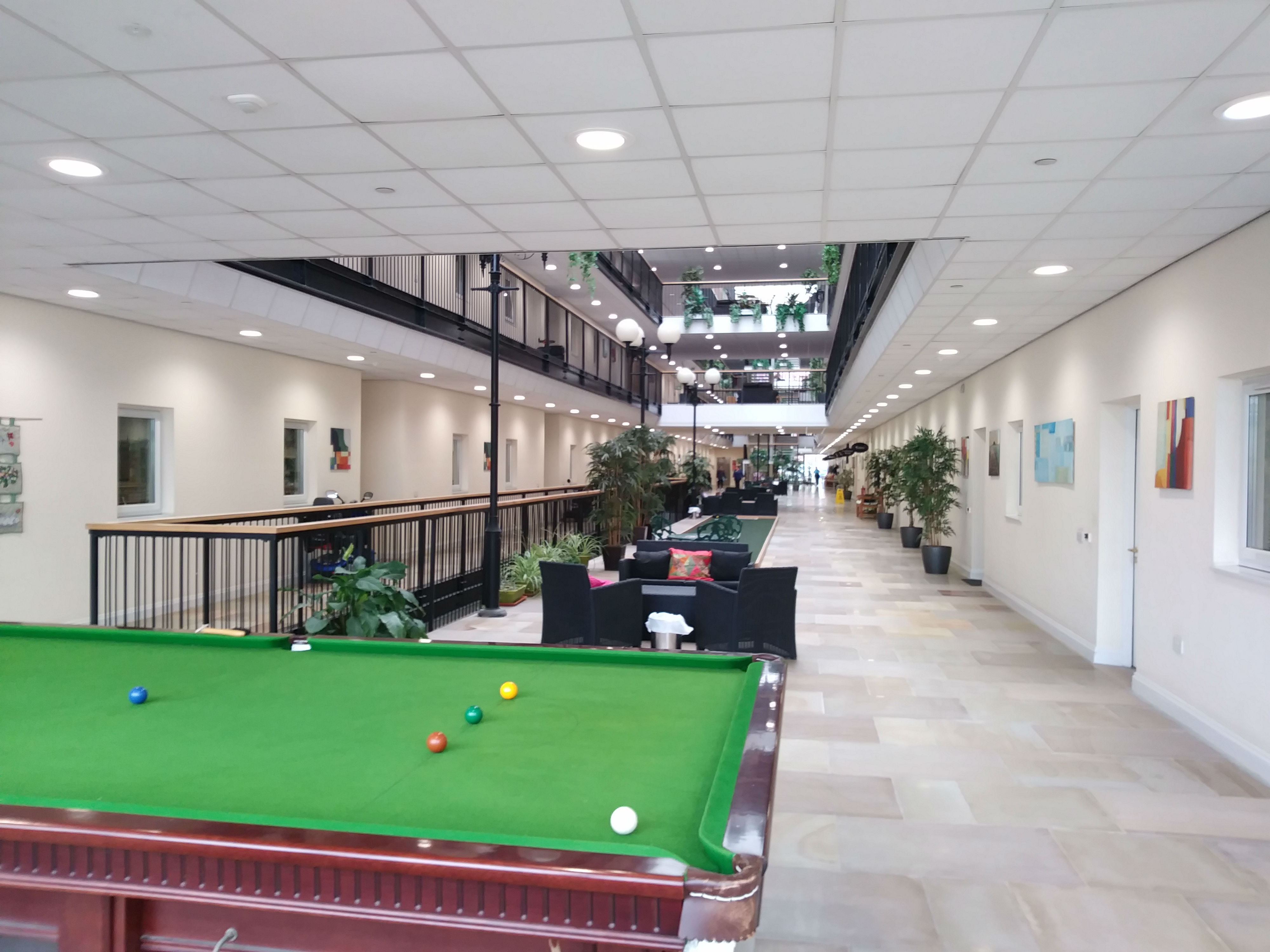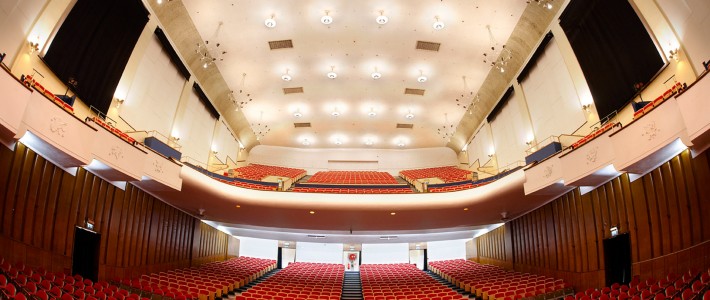At Connected Light, we know the right lighting can radically improve pupil performance.
To thrive in a learning environment, students need to eat nourishing food, be well hydrated and have plenty of sleep. They also need access to the right light. A well-lit environment doesn’t just make a school or college feel more inviting; it can stimulate the brain, make it easier to read accurately, enhance concentration and even improve pupil behaviour.
Light is invigorating
From the beginning to the end of the day, light matters. Daylight stimulates the circadian rhythm, giving our brain its cue to wake up. By evening, dim lighting tells our bodies it’s time to unwind and release the sleep-inducing hormone, melatonin. It’s widely thought that exposure to the right light at the right time can help us feel alert and full of energy during the day and sleep well at night. This has important implications for students and teachers alike.
LEDs mimic daylight
Whilst natural light is ideal, not all buildings let it flood in. Thankfully modern LED lighting can simulate daylight. Better still, the colour and intensity of light can be adjusted over the course of the day to suit the evolving needs of students’ bodies and brains. This means that in the morning, pupils can be exposed to stimulating blue-rich lighting, designed to replicate daylight, progressing to warmer lighting when peace and quiet is needed.
Better behaviour
For example, Philips SchoolVision dynamic lighting gives teachers the option of four settings, ranging from a high intensity “focus” setting for times when more concentration is needed, to warmer “calm” setting, to foster tranquility. When independently tested in Hamburg , the results were astounding. Compared to students using regular lighting, pupils under SchoolVision had a 35% increase in reading speed and 76% decrease in hyperactivity.
Peace of mind
It isn’t just pupils who benefit from intelligent lighting systems. The wellbeing of staff, especially teachers, is improved when their workspace is optimised. The installation of new, intuitive controllers gives them better control over their immediate environment, while supporting them in their work. And exchanging a problem-prone older system for a modern, more reliable technology brings peace of mind.
Cost savings
Switching to LEDs also eases the financial burden. In a school or university setting, lighting can equate to 25% of all energy consumption. LEDs use around half the energy of a fluorescent lamp, and as much as 90% less than an incandescent light. Added to this, they last up to 20 times longer than incandescent bulbs.
Enhancing education
From improved pupil performance, to more contented teachers and significant financial savings, at Connected Light we understand the positive impact that intelligent lighting can have in educational environment. Call us today for a chat about the options – together we can enhance the learning experience.
1 Schulte-Markworth,M., Barkmann,C. & Wessolowski,N. Effect of Light in Schools. CIE x035:2010: Proceedings of CIE 2010 “Lighting Quality and Energy Efficiency” 14-17 March 2010, Vienna, Austria. 2010. ISBN 978 3 901906 83 1








